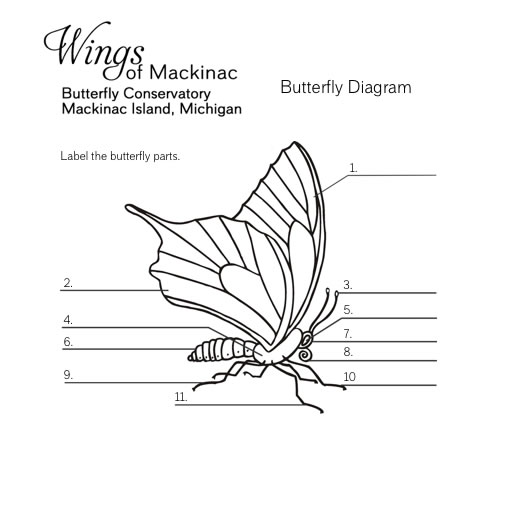What are Monarch Butterflies?
The brilliant black and orange wings of the monarch make it one of the most instantly recognizable butterflies in the world.
A member of the danaidae family, monarchs are considered ‘brush-footed’ butterflies. The term alludes to their two front legs, which resemble brushes. Their legs are used for tasting food, and because they’re much shorter than the others, can be difficult to see with the naked eye.
Monarch butterflies begin their lives as eggs left on the underside of milkweed plants. As caterpillars, they subsist solely on the milkweed plant and subsequently become poisonous themselves. And so, poisonous to eat.
The monarch’s ability to evade predators has even caused other, non-poisonous butterflies to imitate their appearance. If you were to look at the viceroy butterfly, for instance, you would be convinced you were looking at a monarch.
Perhaps the most fascinating trait of the monarch butterfly is its immense migration process. North American monarchs will travel as many as 2,000 miles to reach the warmer climates of Florida, Texas, Southern California, and Mexico.
Migrating monarchs usually only have a life span of around 4-6 weeks. Because of this, several generations will be born, alive, and die during the process. By the time summer comes around, the monarchs that return to the North will be the great, great grandchildren of those that left the year before.
Over the past years, there has been growing concern over the massive reduction of monarchs in North America, with numbers dropping to a staggering 96% compared to two decades ago. Contributing factors include climate fluctuations, deforestation, and, most crucially, dwindling milkweed plants as a result of increased agricultural herbicide use.
However, there are some signs that the monarch population may be on its way back. This is due, in part, to a grassroots response to the monarch’s plight. By planting milkweeds in open spaces, members of the public can provide the monarch with a space to breed. Check out the links below for advice on how to grow milkweeds in your garden and other ways you can help.
- Monarch Watch
- Growing Milkweeds
- Adopt a Monarch Butterfly
- Monarch Butterfly Amazing Migration
- Download our Butterfly Diagram and label the parts!
The caterpillar does all the work, but the butterfly gets all the publicity. – George Carlin

